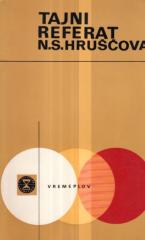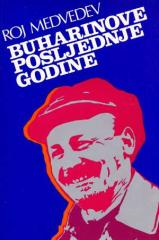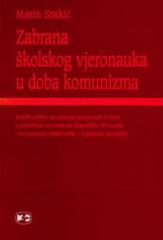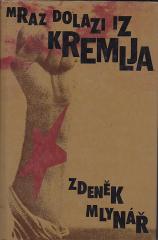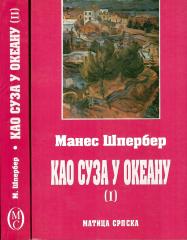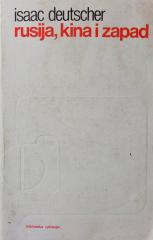
Ljudi-miševi
Knjiga „Ljudi miševi“ Manuela Leguinečea i Hesusa Torbada izuzetno je snažno svedočanstvo o ljudskim sudbinama tokom i posle Španskog građanskog rata (1936-1939).
Rad istražuje sudbine ljudi koji su, da bi izbegli represiju Frankovog režima, godinama bili primorani da žive u ekstremnoj izolaciji – skriveni u podrumima, pećinama, tajnim sobama ili drugim skrovištima. Ovi ljudi, često nazivani "topos" (što bukvalno znači "krtica"), postali su simbol otpora i trajnog straha pod represivnim režimom.
Knjiga je zasnovana na stvarnim pričama ljudi koji su se decenijama skrivali, često odvojeni od porodice i društva. Sadrži dokumentarne elemente i duboke psihološke uvide, dok takođe istražuje političku klimu tog perioda. Autori ne daju samo istorijske činjenice, već i emotivno angažovane priče koje povezuju čitaoca sa stradanjima ovih „mišjih ljudi“.
Španski građanski rat ostavio je duboke društvene podele. Posle pobede Frankovih nacionalista, mnogi republikanci i protivnici režima su se suočili sa progonom, zatvorom i streljanjem. Oni koji nisu pobegli iz zemlje često su bili primorani da se kriju da bi preživeli. Upravo ti „ljudski miševi“ ilustruju mračnu stranu španske istorije i borbu za opstanak.
Knjiga predstavlja ključni doprinos razumevanju istorijskih i ličnih dimenzija represije i stekla je veliki ugled među istoričarima i ljubiteljima dokumentarne književnosti.
One copy is available
- Blago oštećenje omota
